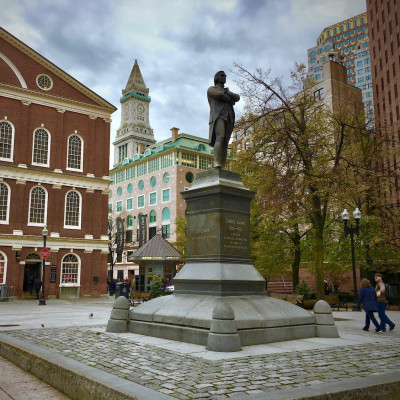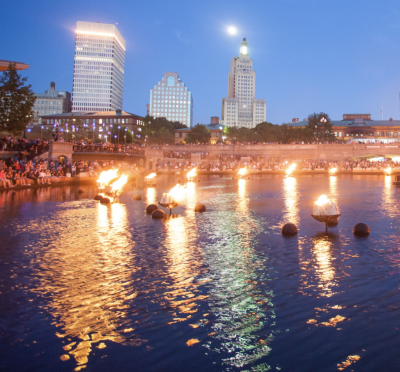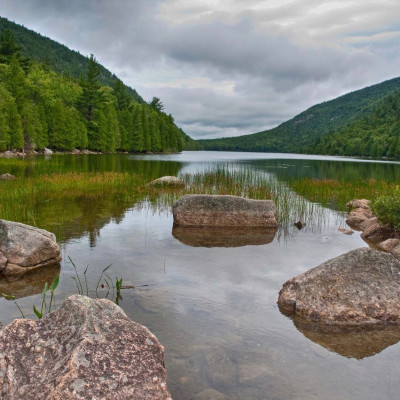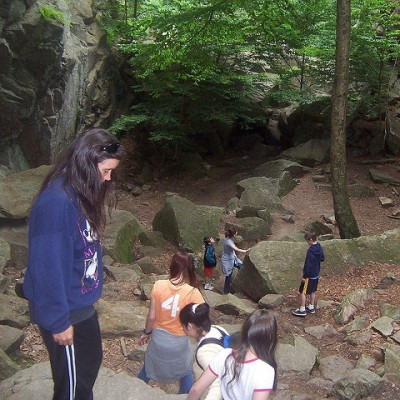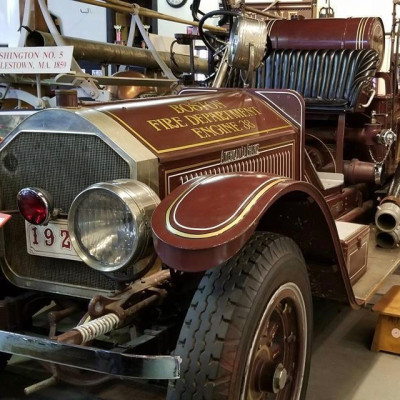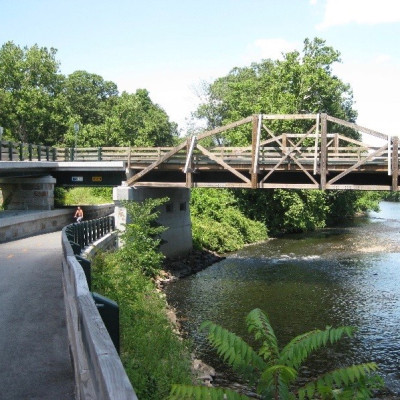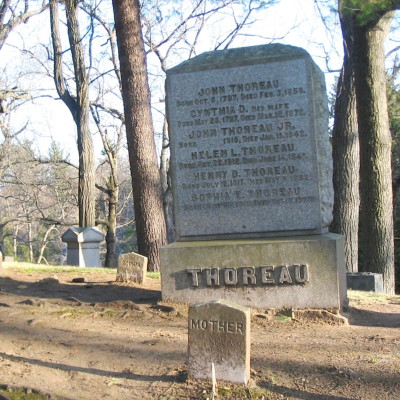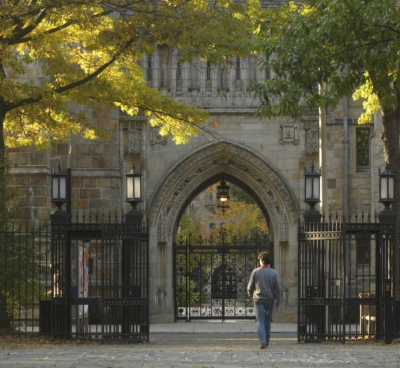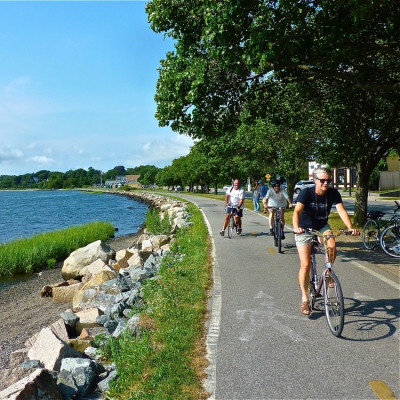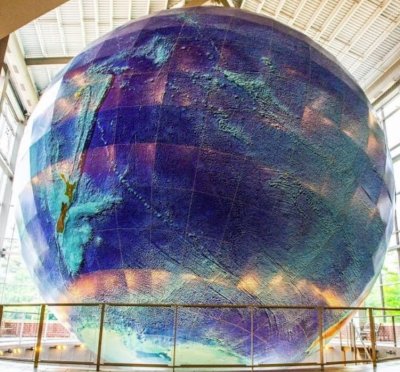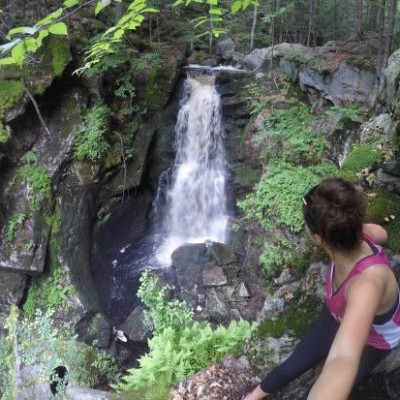Huestis: A Guide to the Total Solar Eclipse of August 21, 2017
Monday, August 21, 2017
Eclipse Primer and Local Partial Eclipse Circumstances
On August 21, anyone living in the continental United States will have the opportunity to observe an eclipse of the Sun. Depending upon where you live will determine how much of the Sun will be covered by the Moon. Most folks will see a partial eclipse. However, if you happen to reside in a 71 mile-wide path that stretches diagonally 2,500 miles across the United States from Oregon to South Carolina, then you will witness one of Mother Nature’s most spectacular and beautiful events. I’m talking about the Great American Total Solar Eclipse of 2017.
Unfortunately totality will not be visible from southern New England. Here in Rhode Island about 65% of the solar disk will be covered by the Moon. However, a 16-18 hour drive could deliver you to a site within totality’s path. The following guide will detail all you’ll need to know to experience the eclipse from wherever you decide to observe it.
GET THE LATEST BREAKING NEWS HERE -- SIGN UP FOR GOLOCAL FREE DAILY EBLASTWhy Does a Solar Eclipse Occur?
I think most everyone knows that the Moon orbits the Earth. And during a lunar month (29.5 days), the lunar disk exhibits varying degrees of illumination as the Earth/Moon/Sun angle changes continuously. We say that the Moon is going through phases. The main phases are New, First Quarter, Full, and Last Quarter, each phase lasting 7.375 days. For a solar eclipse to occur the Moon must pass between the Earth and the Sun. This scenario happens once a month only at New Moon. But why doesn’t a solar eclipse occur each month? Other factors determine whether an eclipse happens or not.
The Moon’s orbit is tilted five degrees from the plane of the ecliptic, the Sun’s apparent path across the sky. For most months the New Moon passes above or below the solar disk as viewed from the Earth. However, when the Moon crosses the ecliptic (a position in space called a node) coincident with the Sun, a solar eclipse can occur.
But wait! There’s more. I’ve often compared the celestial mechanics of a solar eclipse to a celestial ballet. The Earth, Moon and Sun must be in perfect alignment where a straight line could be drawn through their centers.
In addition, one incredible coincidence accounts for this spectacular event to happen at all. The Sun and Moon appear to be the same size. They cover an area in our sky of ½ of a degree. How can that be? Well, the Moon is 400 times smaller than the Sun but 400 times nearer to the Earth.
Different Types of Solar Eclipses
There are four different types of eclipses. When the proper alignment occurs, the Moon’s shadows can be projected onto the Earth’s surface. Yes, I did say shadows, for the Moon has two shadow cones. One is the dark shadow called the umbra. The lighter shadow is called the penumbra. For August’s eclipse the Moon will completely cover the Sun, resulting in a total eclipse. The umbral shadow will sweep across about 8,000 miles of the Earth’s surface in a path not more than 71 miles wide. If one could observe the progress of this eclipse from a vantage point out beyond the Moon’s orbit, this animation shows what would be seen. Observers within the path will see totality, which will last a maximum of two minutes and 40.3 seconds in the vicinity of Carbondale, Illinois and Hopkinsville, Kentucky. Observers outside the path will see a partial eclipse as they will be within the penumbral shadow. How much of the solar disk is covered will depend upon how far away from the path of totality one is.
A second type of eclipse called an annular eclipse can occur. During an annular eclipse the Earth, Moon and Sun are in alignment, but the Moon’s elliptical orbit has caused it to be a little farther from the Earth so that it doesn’t completely obscure the Sun. We then see a ring (annulus) of sunlight surrounding the Moon. Annular eclipses have very narrow paths where the “ring of fire” (the Sun’s photosphere and chromosphere) can be seen surrounding the Moon. They are dangerous to observe for this very reason. As with a total eclipse, observers outside the path will only see a partial eclipse.
There is also a rare solar eclipse type called a hybrid. Along the eclipse path the type can transition from annular to total or total to annular. This scenario occurs because during the event the Moon has moved closer to the Earth (blocking the Sun completely) or moved farther from the
Earth (not blocking the solar disk).
And finally, there is a fourth type of solar eclipse. The Moon is close to a node, but it doesn’t quite line up with the Sun and Earth. Only a partial eclipse will be seen. No totality or annularity.
Where and When does the August 21 Solar Eclipse Occur?
There is a wealth of information available on the internet about the August 21, 2017 total solar eclipse. One extremely useful interactive eclipse map can help with planning your eclipse experience: https://eclipse2017.nasa.gov/sites/default/files/interactive_map/index.html?zoom=1.
Zooming in and clicking on any location on the map will display details about the eclipse at these locations, including start time, time of mid-eclipse, end time, and how much of the solar disk will be covered by the Moon. Clicking within totality’s path will also show the start and end time of totality, also noting the duration of totality. The times are provided in UT (Universal Time – a worldwide time standard.) Be sure to convert the provided times to the desired time zone.
How to Safely Observe this Eclipse
Whether you observe the eclipse locally or travel to position yourself within the path of totality, one common safety protocol must be observed. While totality can be viewed without any special protective filters, if even a small portion of the Sun’s bright photosphere is visible, that unfiltered portion of the Sun can cause irreparable damage to one’s eyes. When observing the Sun, observe caution as well. Please heed the following guidelines.
Amateur astronomers will be using a wide variety of telescopes to observe this wonderful event. For the partial phases they will be using special full-aperture solar filters that fit over the front end of the telescope tube. These filters of various designs block 100% of the harmful infrared and ultraviolet radiation. They also significantly block 99.9999% of the Sun’s brightness. This effectively prevents heat energy from entering the telescope, keeping the optics cool. Be very careful if you are new to using these filters. They are simple and safe to use if you prepare in advance.
A rather archaic method involves using a telescope to project the solar image onto a white sheet/screen. The advantage of using this observing method is that it allows many people to observe the image simultaneously. However, extreme caution must be observed. Do not leave this set-up unattended. You don’t want anyone accidentally stepping up to an unguarded eyepiece to take a look. And regarding eyepieces—do not use cemented eyepieces. Use air-spaced ones. Eyepieces have been ruined when the cement has melted due to the heat produced by the concentrated sunlight collected by a telescope. And furthermore, remember to cap off your finder scope. I have seen solar observers singe their hair or clothes by failing to do so!!
Don’t risk your eyesight or anyone else’s due to an oversight or an outright mistake. And if you have one of those department store refractors that often come with small glass or plastic solar filters, throw them away. Do not be tempted to use them because they have been known to shatter when exposed to the Sun’s concentrated image.
Think about what a small magnifying glass can do, and then imagine the amount of energy even a small telescope lens or mirror can focus. It’s not worth damaging your eyesight. Many years ago, when I first started out in astronomy, I had one of those unreliable dark green plastic solar filters shatter during a partial solar eclipse. Luckily I wasn’t looking through the eyepiece at the time.
The only time in which the Sun can be directly looked at will be if you are fortunate to be within the path of totality. No filters will be required then. However, before and after totality you will need eye protection. And I’m not talking about sunglasses either! Sunglasses will not provide adequate protection. Number 14 welder’s glass is safe to use. DO NOT use exposed film (if you still have some around) of any kind. This method is not safe.
If you purchased some solar eclipse glasses for the transit of Venus back in 2012, here’s your opportunity to put them to good use (considering clouds prevented many of us from observing that event). These inexpensive and safe eclipse glasses are available from a variety of manufacturers, including Rainbow Symphony.
If you do not have access to any of the above safe solar observing techniques, you could engage your family in an interesting project by constructing a viewing device called the Shoebox Pinhole Projection System (SPPS). Use the following link to access directions on how to build and use this simple viewer.
Remember, severe eye damage or even blindness can result from looking directly at the partial phases of the eclipse. Don't lose your sight to an oversight.
Partial Eclipse Visible in Rhode Island
As I mentioned in the introduction, the Rhode Island area will experience a partial eclipse. The accompanying graphic shows the time schedule for this event.
As the graphic shows, the eclipse begins (called 1st contact) at 1:28pm EDT when the Moon begins to slide from right to left in front of the Sun. Without optical aid this beginning phase will not readily be visible to the naked-eye. However, any increased magnification will help to catch sight of the Moon’s disk sooner as it begins to “take a bite” out of the Sun. The Moon will continue to move across the face of the Sun, until it reaches its maximum obscuration of only 65% at 2:47pm. That would be a good time to look under nearby trees to see images of the partial phase. These images are created in much the same way the shoebox eclipse viewer works. Spaces between the leaves act as a pinhole camera, resulting in a myriad of eclipse images projected upon the ground or onto any surface.
After that point the Moon will continue to move to the left, and will move off the solar disk (4th contact) at 4:00pm. (Since totality is not experienced locally, there is no 2nd or 3rd contact.) Your 2 hour and 32 minute eclipse experience will then be complete, and the celestial ballet performed by the Earth, Moon and Sun will continue until the next great local partial eclipse performance on June 10, 2021.
Furthermore, if you have an opportunity to travel to observe totality, make every effort to do so. To prepare yourself for that incredible experience please go to this Skyscrapers link for Part II of this primer. There I have outlined all the phenomena an observer should look for.
I hope everybody will have a chance to observe some aspect of the Great American Total Solar Eclipse. This guide should provide enough information to allow you to safely observe this spectacular event. School will not be in session, so I encourage parents to properly warn their children on the dangers of solar observing. Please don’t make them stay indoors though. Observe caution and everyone should safely experience one of Mother Nature’s most beautiful phenomenon.
Related Slideshow: 20 Free (or Almost Free) Things to do in New England Before Summer Ends - 2018
Related Articles
- Huestis: Meteor Shower Prospects for 2016 & Other Astronomical Highlights
- Huestis: The Mystery of the Christmas Star
- Huestis: Prime Time for Observing Jupiter
- Huestis: A Few Astronomical Highlights for Stargazers
- Huestis: Transit of Mercury - An Infrequent Astronomical Event
- Huestis: A Gem of a Meteor Shower & Maybe a Naked-eye Comet
- Huestis: Astronomical Highlights for November
- Huestis: “Thunderstones” of August: the Perseid Meteor Shower
- Huestis: Moon to Cover Bright Star in Taurus
- Huestis: The Total Lunar Eclipse
- Huestis: October’s Morning Planetary Parade & 2 Meteor Showers
- Huestis: Fireball Over New England Tuesday Morning Was “Bright One”
- Huestis: Dual Planetary Close Encounters
- Huestis: Starry Nights of February
- Huestis: Astronomical Highlights of 2017
- Huestis: Observing the Last Quarter Moon
- Huestis: Astronomical Events Determine Easter Observance
- Huestis: Summer is for Saturn
- Huestis: Geminid Meteor Shower Mooned Out & Other Celestial Happenings
- Huestis: November Skies Have Something for Everyone
- Huestis: Astro Humor & Two Late-July Meteor Showers
- Huestis: A Shower of Comet Dust - Get Ready for the Perseids
- Huestis: Venus and Jupiter Appear to Merge
- Huestis: Meteors & Other Astronomical Treats
- Huestis: Astronomical Potpourri in July



